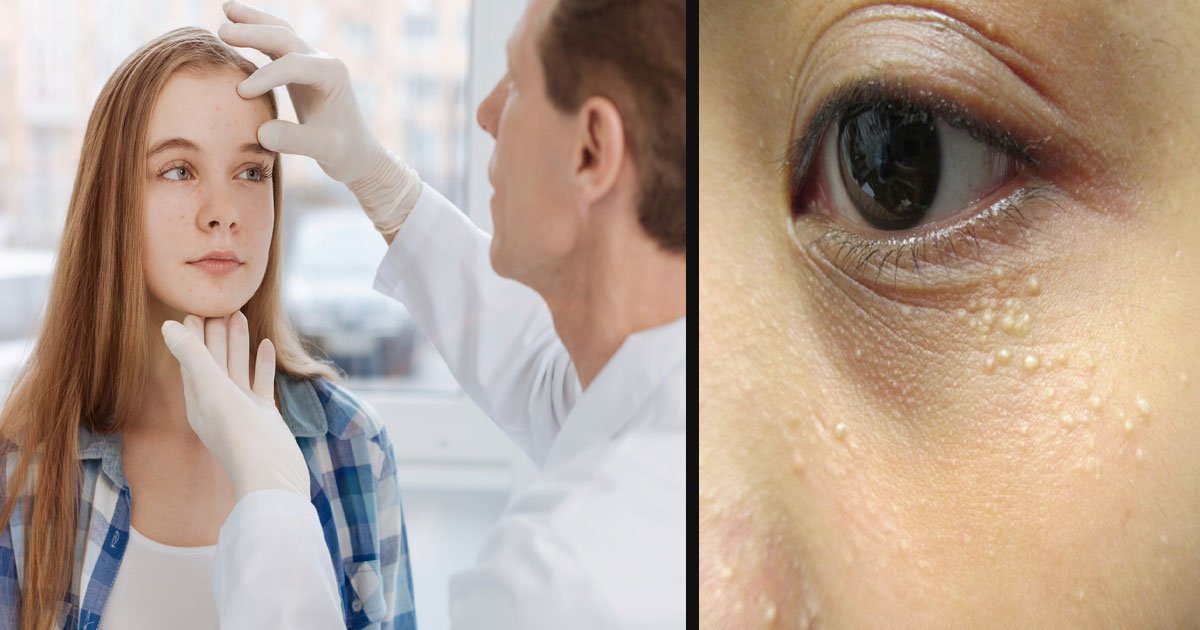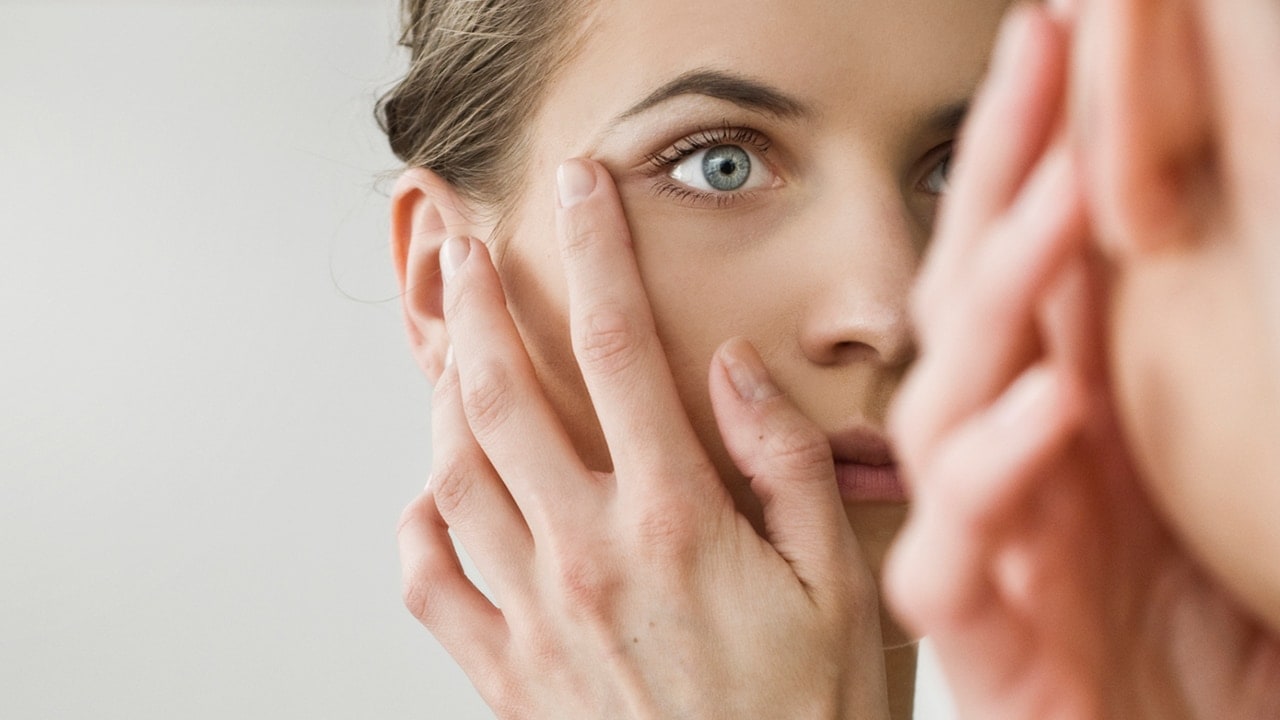Did you ever notice small white or yellow bumps on your eyelids or your nose or cheeks? Those stubborn bumps called milia, tiny cysts that form under the skin.
This skin problem develops when bits of dead skin cells “get trapped below the skin and makes a really hard, little, white ball,” says Neil Alan Fenske, MD, professor, and chair of the department of dermatology at the University of South Florida Morsani College of Medicine in Tampa. Inside the cyst is keratin, a protein in both skin and hair.
“About half of the infants will have milia, usually presenting on the face,” says Nkanyezi Ferguson, MD, clinical assistant professor of dermatology at the University of Iowa Carver College of Medicine. “In newborns, the milia will usually resolve on their own within four weeks without the need for treatment and scarring.”
Milia in adults are just similar, although they may last longer. In both cases, milia are essentially harmless and usually don’t need treatment.
Milia can also be connected with other health conditions, certain medications, and skin trauma, like burns, rashes, dermabrasion, and even tattoos.
“Milia can develop in an area following a blistering process or superficial ulcers from either trauma or procedures,” says Dr. Ferguson.
Milia don’t need treatment, and they mostly go away within a few weeks to months. But you may want to get rid of the bumps sooner for cosmetic reasons.
The only guaranteed way to get rid of milia is to see a dermatologist for an extraction.
“They are stuck to the skin,” says Michele S. Green, MD, a dermatologist with Lenox Hill Hospital in New York City. “Nothing but extraction would remove them.”
“Milia are benign and do not require treatment,” says Dr. Ferguson. “A dermatologist can help make the diagnosis of milia if you are concerned about the appearance. A dermatologist can also help remove milia if they are irritated or if they bother you cosmetically.”





